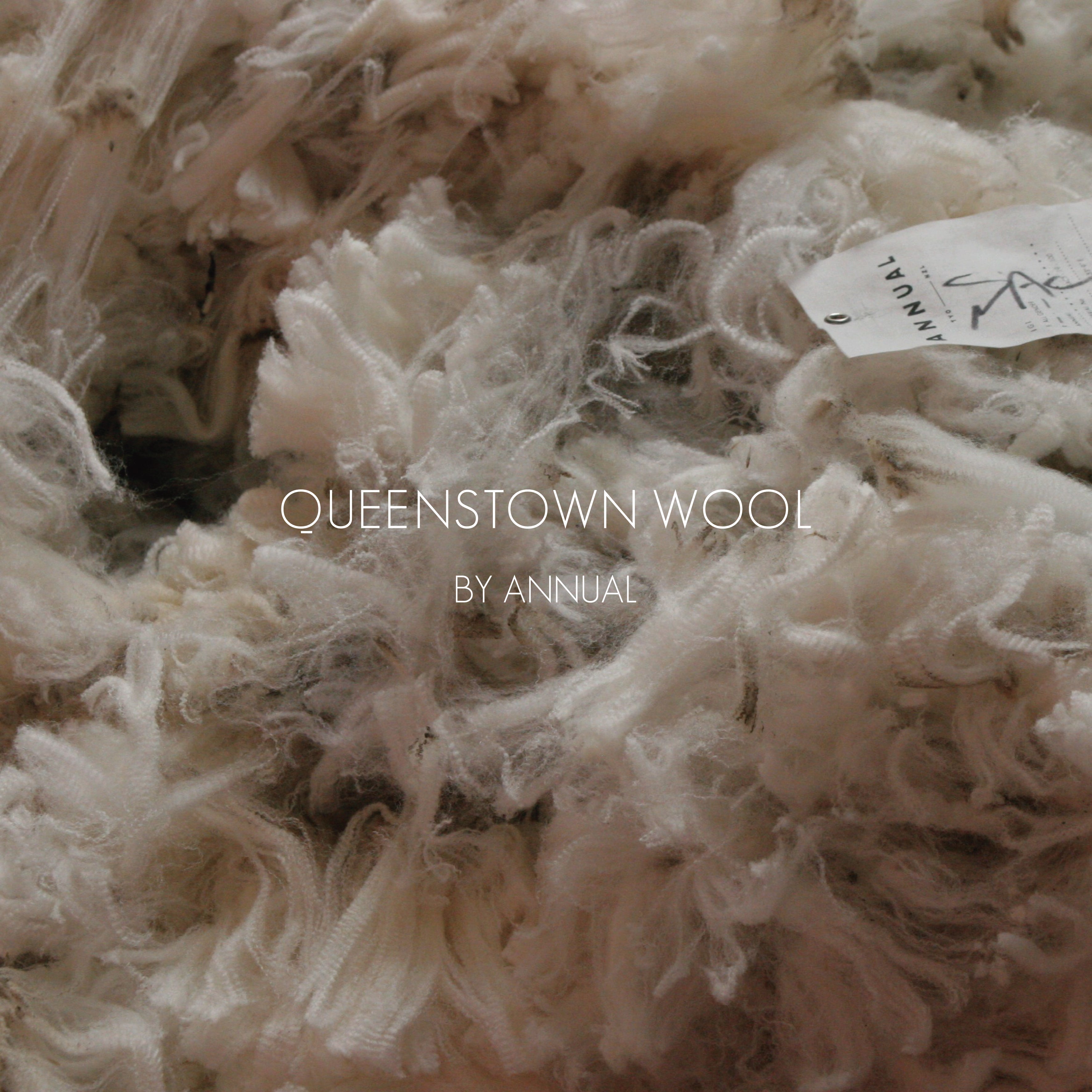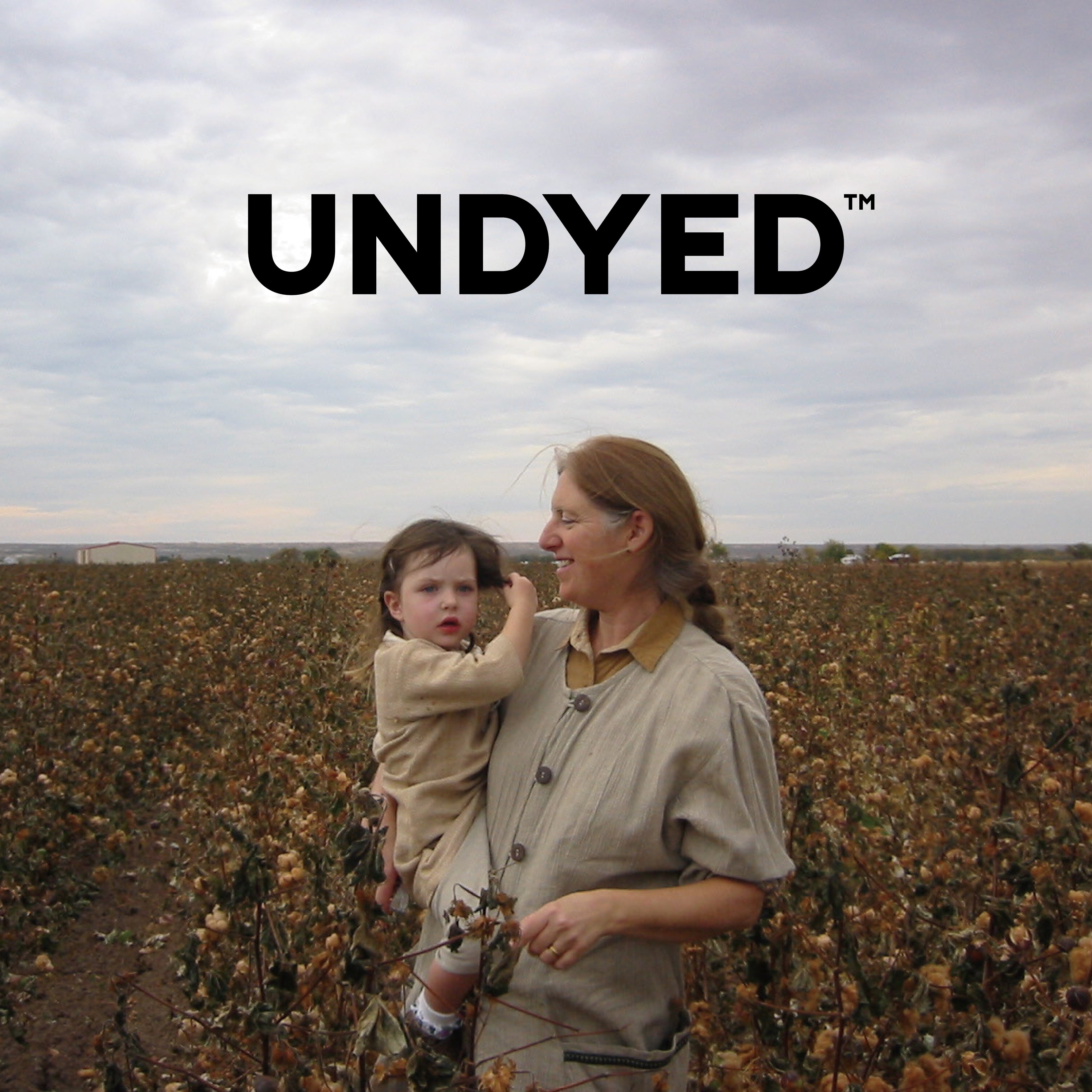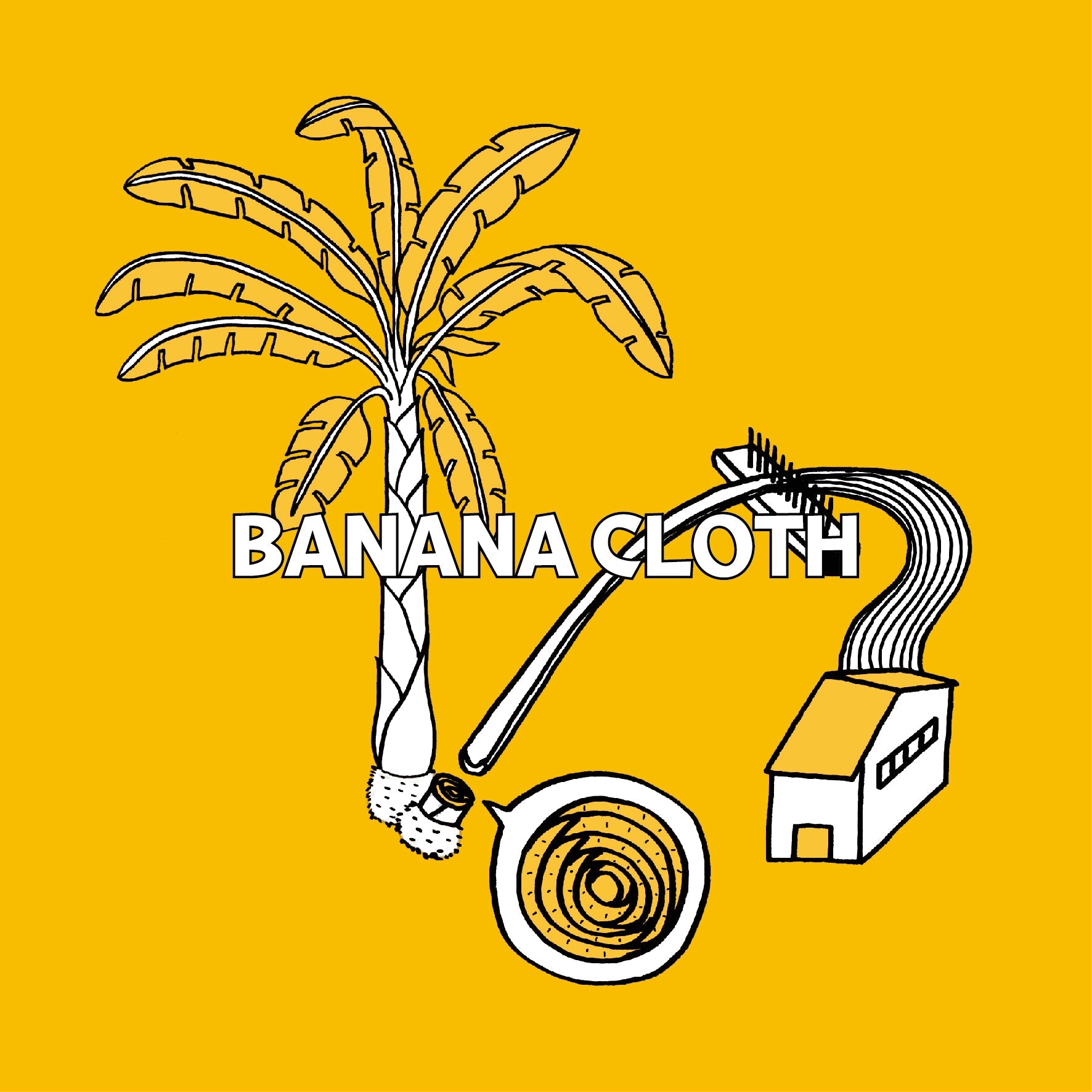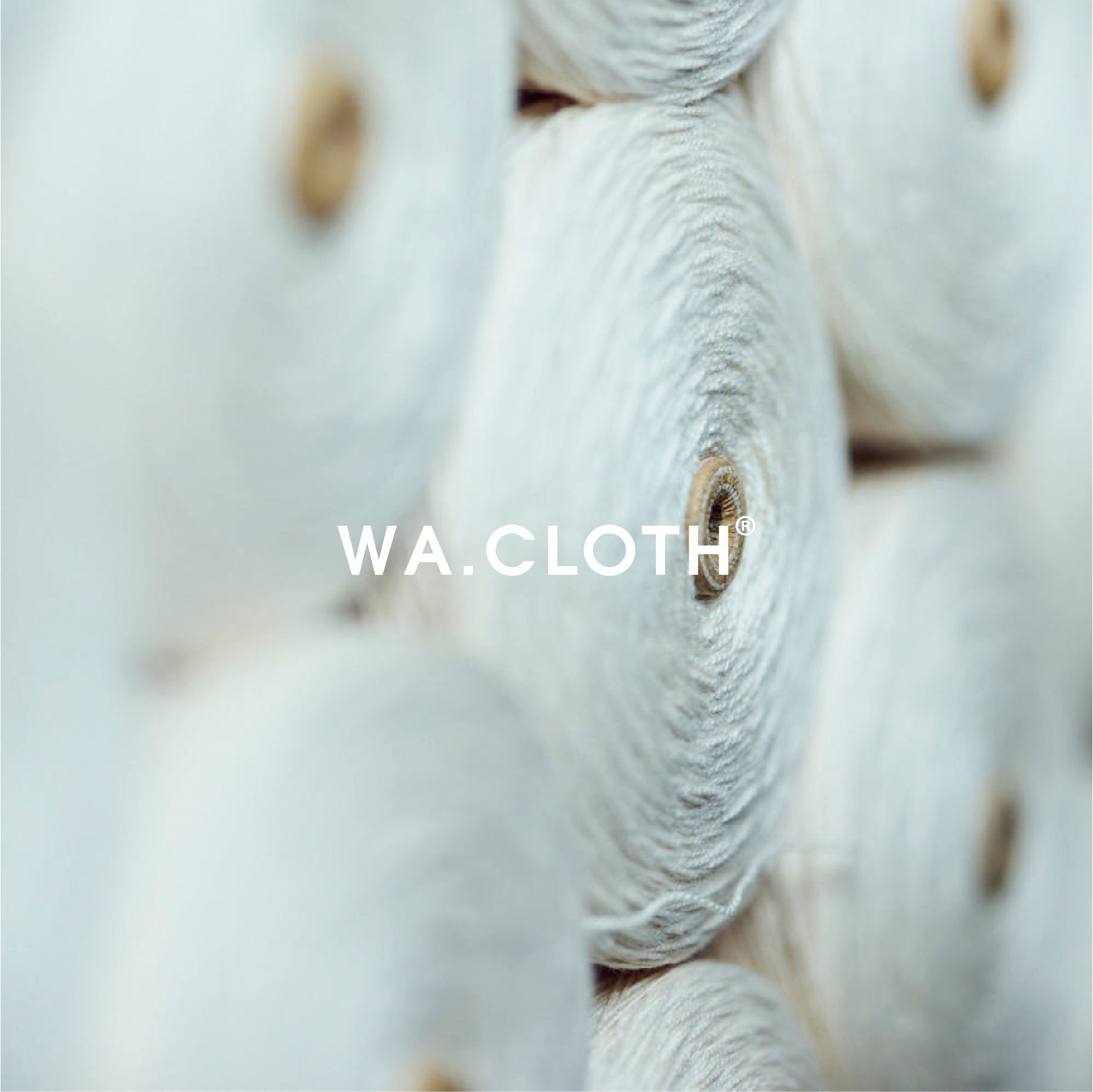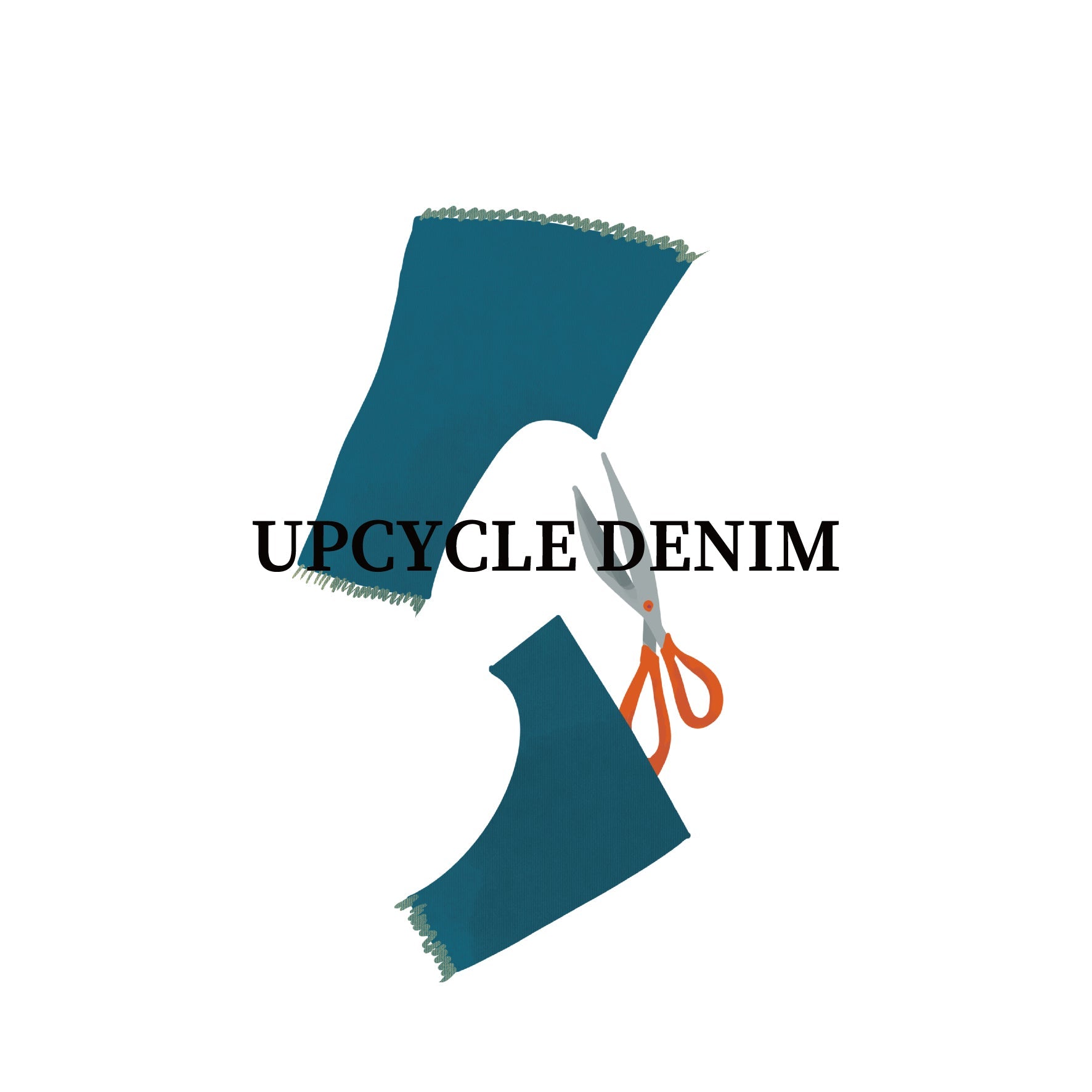
Environmental issues surrounding plastics
In recent years, plastic waste flowing into the ocean has become a global problem.
Many sea turtles and seabirds die after mistaking marine plastic for food and swallowing it.
It is also said that some fish and sea turtles get tangled in fishing nets and drown.
Annual plastic production has expanded 20-fold over the last 50 years, to 400 million tonnes produced each year.
It is estimated that at least 8 million tonnes of plastic waste flows into the ocean every year.
Plastic waste is carried by waves and ocean currents and accumulates in areas of the ocean known as garbage patches, and the largest of these, the Pacific Garbage Patch, is said to be four times the area of Japan.

Illustration of the Great Pacific Garbage Patch. (Credit: NOAA Marine Debris Program)
Plastic does not decompose easily even when floating in the ocean.
It is said that it takes 400 years for a plastic bottle to decompose in the ocean.
There are frightening reports that if plastic waste continues to increase at this rate, it will outweigh the total amount of fish in the ocean by 2050.
Furthermore, microplastics that have been broken into pieces smaller than 5 mm by the force of ultraviolet rays and waves become more susceptible to the attachment of harmful substances, which can then enter the bodies of fish and eventually be ingested by humans.
 Microplastics
Microplastics
"Environmental issues surrounding plastics in numbers"

ONE OCEAN creates the future
In order to improve the dire state of our oceans, MN Interfashion has created a new recycled polyester material called "ONE OCEAN" made from recycled marine debris.
"ONE OCEAN"'s goal is to eliminate plastic waste from the ocean. We will continue to work on developing new recycled materials.
How plastic waste is recycled
1. Remove marine debris.
2. Plastic waste such as PET bottles are separated, washed, and then crushed.
3. ② is melted and pelletized.
4. Produce yarn from the pellets.
5. The yarn is then turned into woven or cut and sewn fabric.
Certificates for use of ocean-discarded PET bottles can be issued
ONE OCEAN works with major yarn manufacturers in the United States and Taiwan, and can issue certificates for using marine waste PET bottles and obtain GRS certification.
In addition, some of the fabrics are fiber printed, and by sending the products to the site, it is possible to calculate the amount of marine litter (PET bottles) used per product.
*What is GRS certification? (Extract from the Ministry of the Environment website)
This is an international voluntary standard that specifies requirements for third-party certification of recycled materials and Chain of Custody (CoC). The label applies to products that contain 50% or more recycled materials. GRS also covers social and environmental aspects of processing and manufacturing, quality, and compliance with laws and regulations .

"Reduction of greenhouse gas emissions"
Earth hacks* confirmed that in the past, T-shirts made from ONE OCEAN fabric had 28% less CO2 emissions in the manufacturing process than T-shirts made from regular polyester.
It is also possible to calculate the amount of CO2 reduction for products that will be manufactured in the future.
*What is Earth hacks?
Earth hacks is a co-creation platform launched jointly by Hakuhodo Inc.'s new business development organization, the Future Business Office, and Mitsui & Co. Ltd. to promote a decarbonized society through the actions of each individual consumer. Earth hacks is taking on a variety of initiatives, including providing the Dekabo Score*2, which compares CO2e*1 with conventional products and displays the reduction rate (%).
The expanding circle of ONE OCEAN
ONE OCEAN is also widely used by apparel brands.
In addition, the materials used by ONE OCEAN allow you to use your logo on original woven labels, pin labels, tags, and product prints.
Would you like to join us in cleaning up the ocean using ONE OCEAN materials?
NEWS
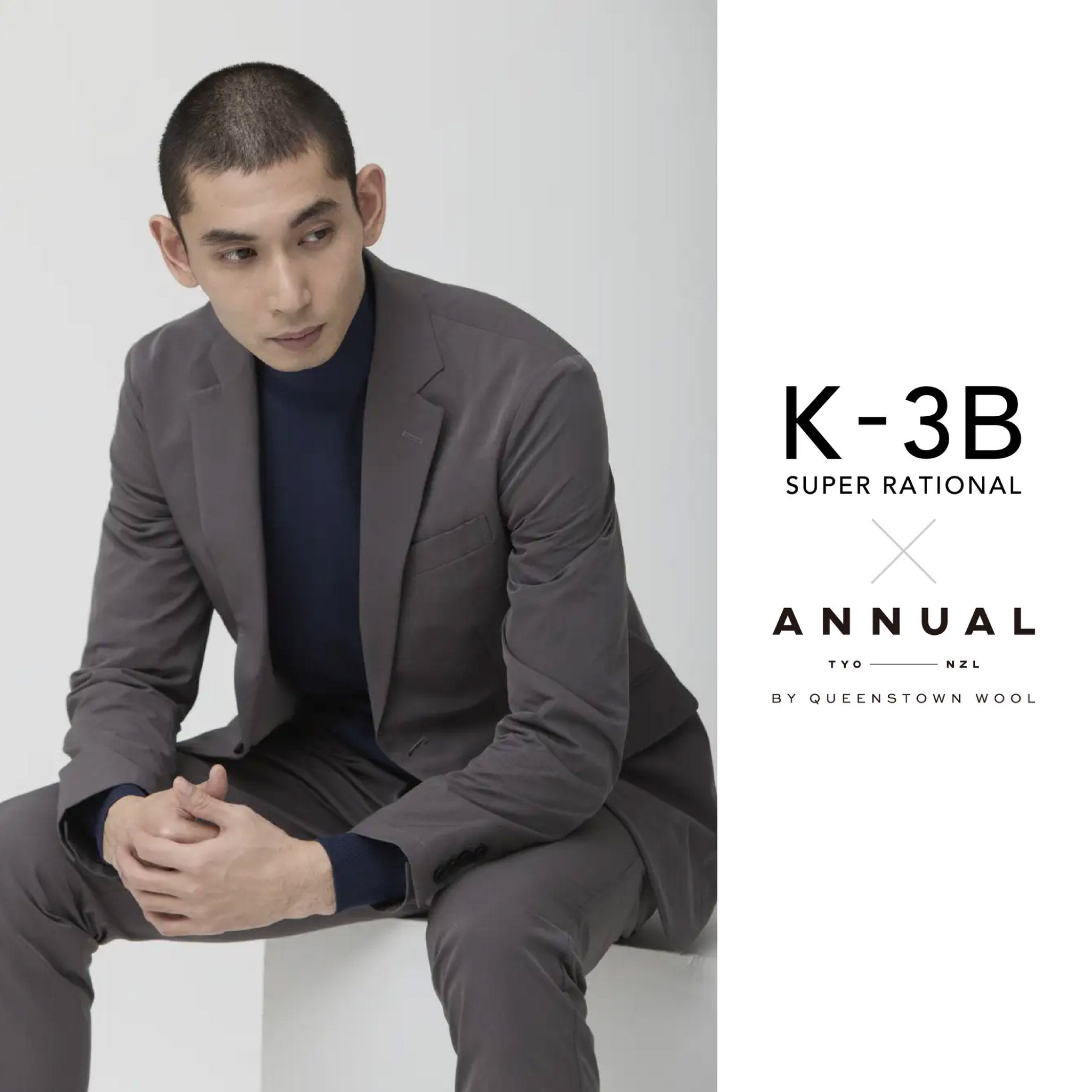
K-3B × ANNUAL|ニュージーランドウールの上質素材が引き立てる、快適で洗練されたビジネスカジュアルニット2型登場
MNインターファッション株式会社が展開する製品ブランド「ANNUAL(アニュアル)」が、カジナイロン株式会社(本社:石川県金沢市、代表取締役社長:梶 政隆)が手掛ける高機能テックウェアブランド「K-3B(ケースリービー)」に採用されました。 天然素材の持つ優しい風合いと心地よさを活かしながら、K-3Bの機能性を引き立てるデザインに仕上げた、オン・オフ問わず活躍する汎用性の高いアイテ...
Read more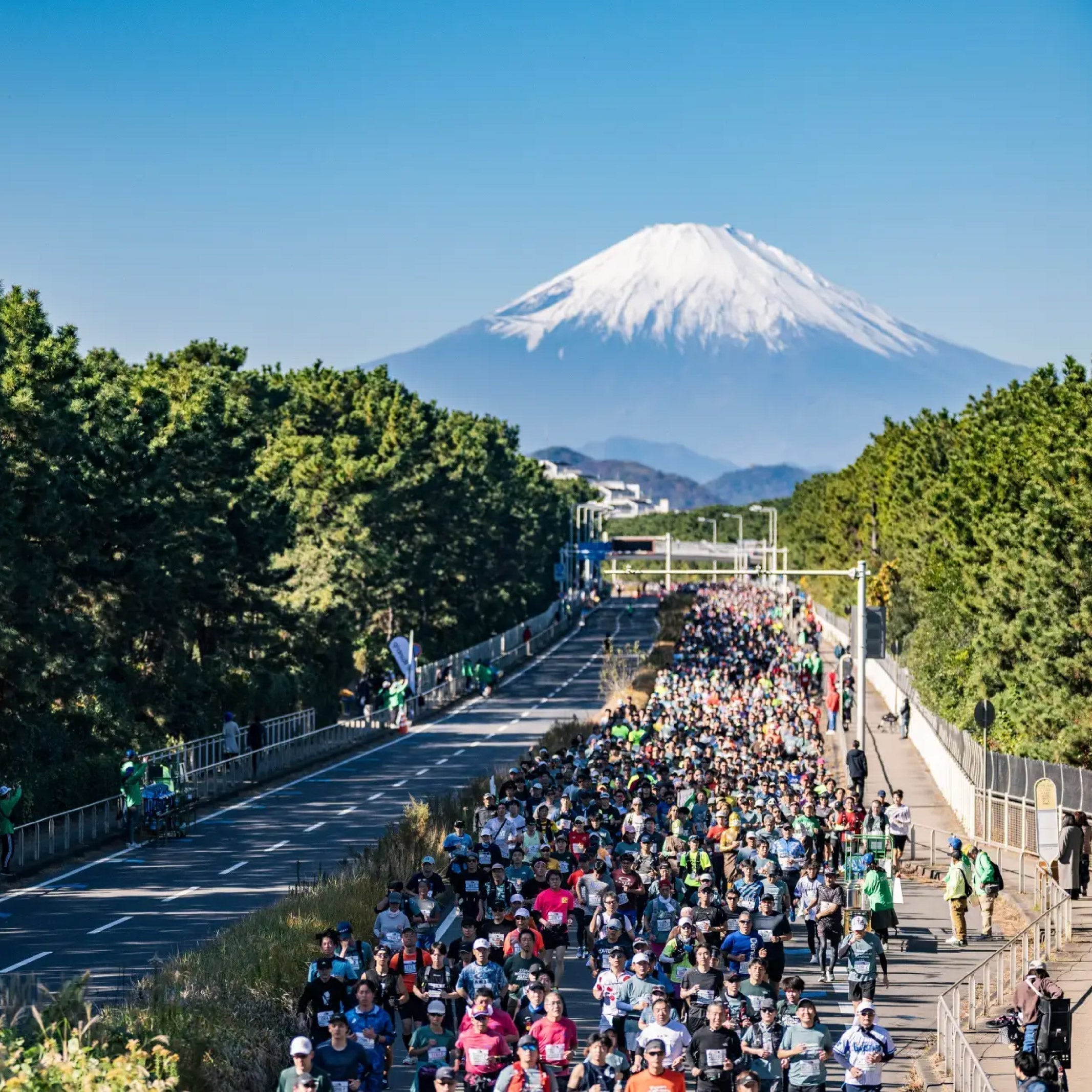
MNインターファッション、湘南国際マラソン2025に今年も協賛・出店!サステナブルアイテムを展開
MNインターファッション株式会社は、2025年12月7日(日)開催の第20回 湘南国際マラソンに協賛し、出店いたします。世界で初めて“コース上の使い捨てカップ・ペットボトル排出ゼロ”を実現し、環境配慮型マラソンの先駆けとして注目される湘南国際マラソン。その理念である「子供たちのために、地域のために、地球環境のために」にMNインターファッション株式会社は賛同し、今年もサステナブル素材...
Read more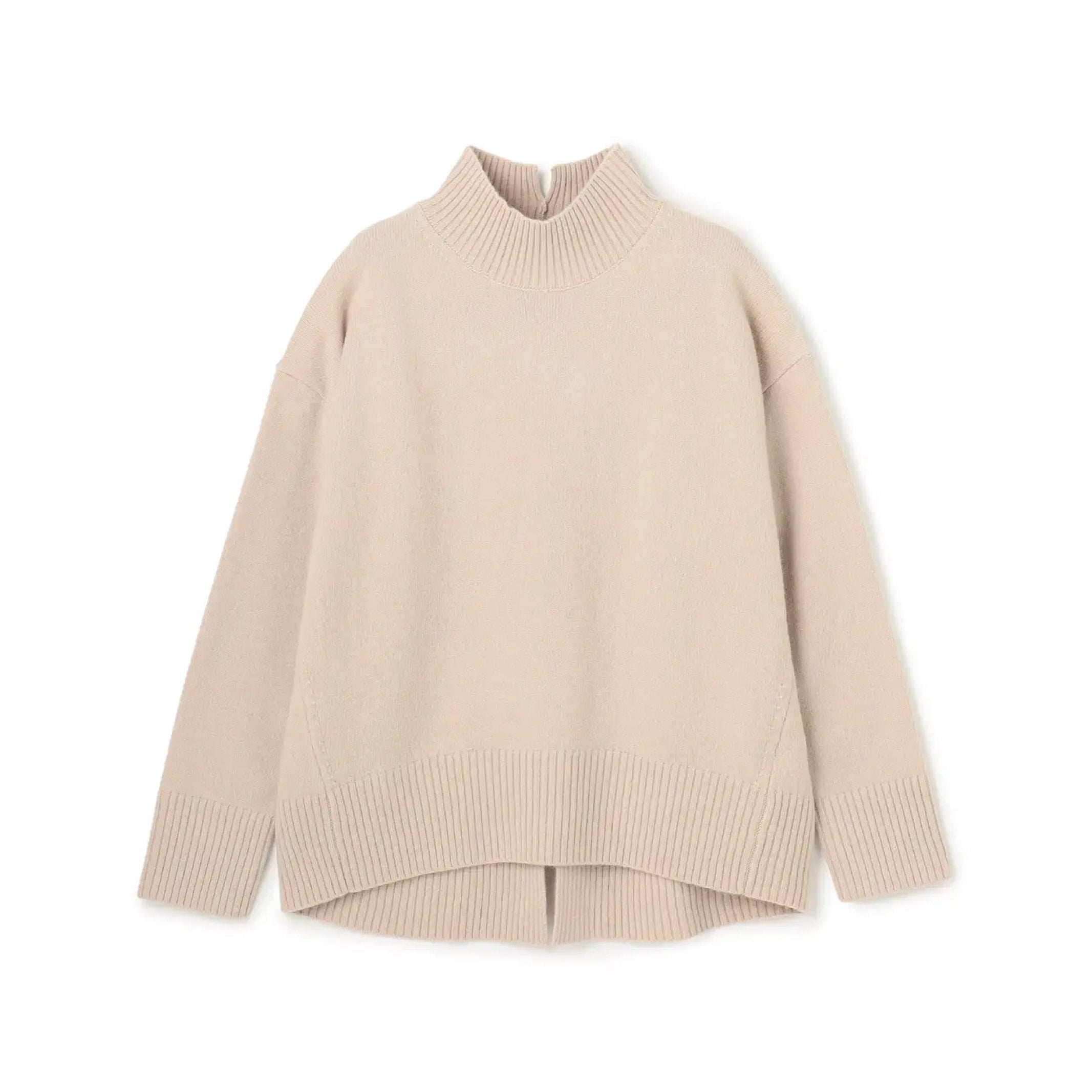
UNFILO × Queenstown Wool by ANNUAL|ニュージーランド産メリノウールニット、全5型が11月より発売中
MNインターファッション株式会社(本社:東京都港区、代表取締役社長:吉本一心)が展開する自社素材ブランド「Queenstown Wool by ANNUAL(クイーンズタウンウール バイ アニュアル)」が、株式会社オンワード樫山(本社:東京都中央区、代表取締役社長:保元道宣)が展開するブランド「UNFILO(アンフィーロ)」のアイテムに採用されました。 希少なニュージーランド産メリノウールを...
Read more





